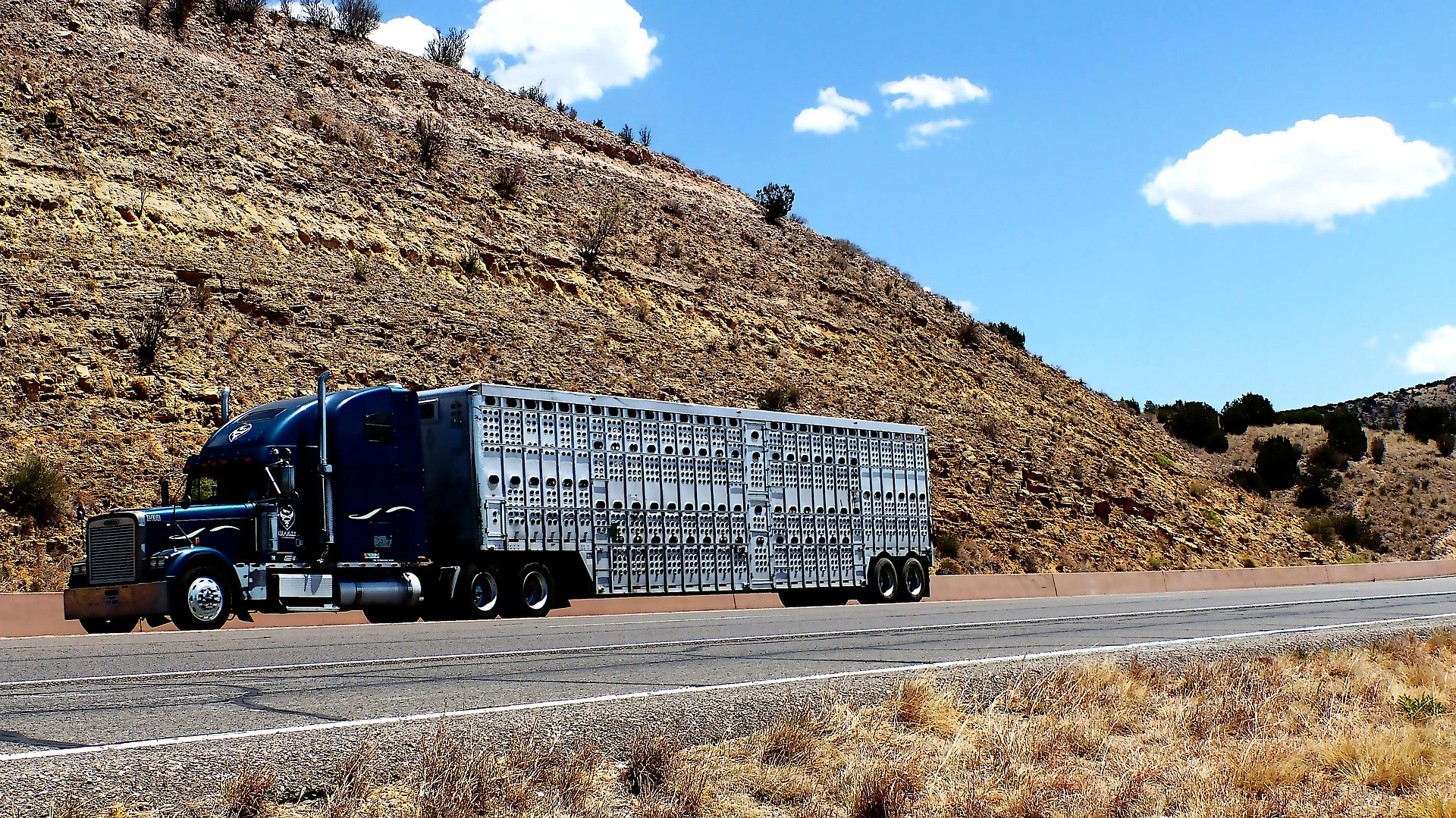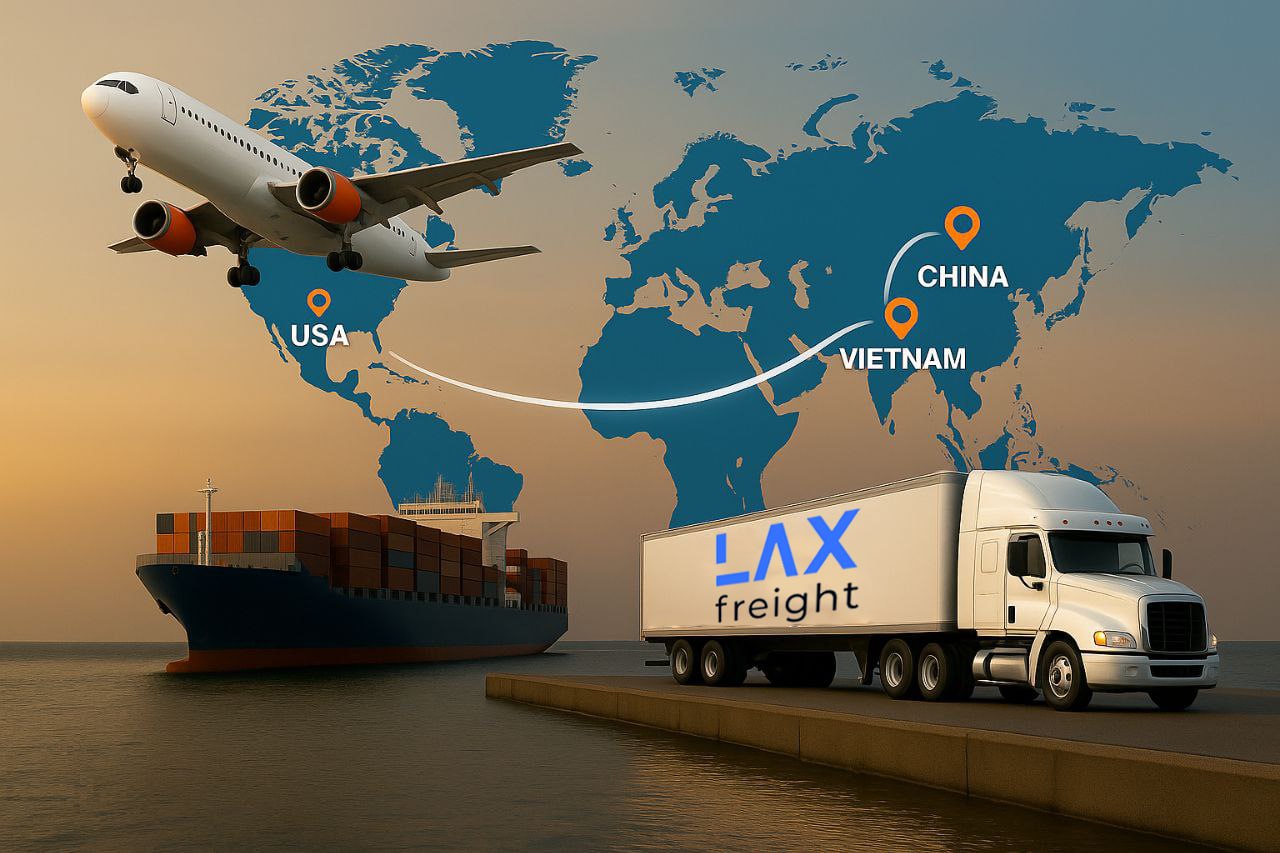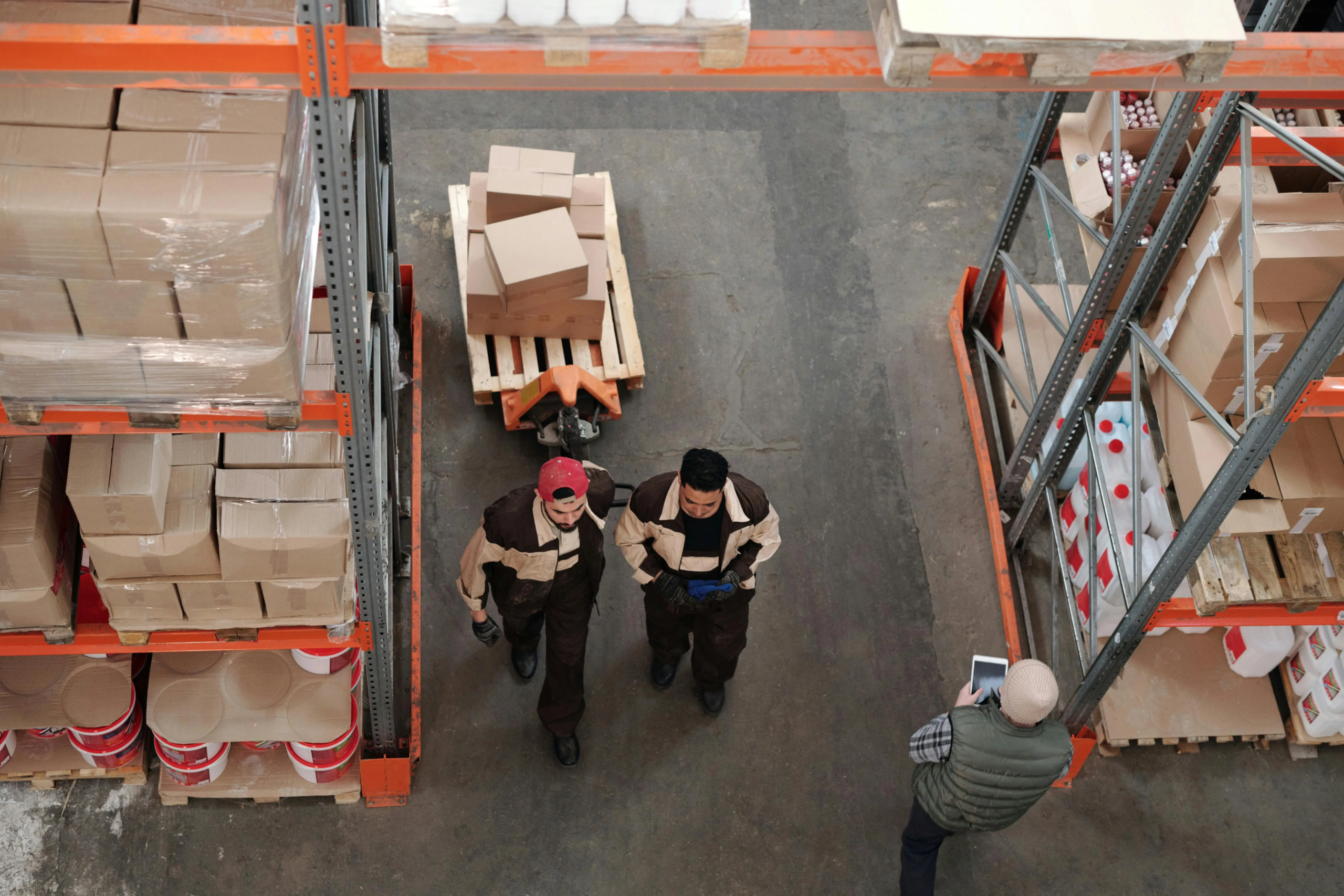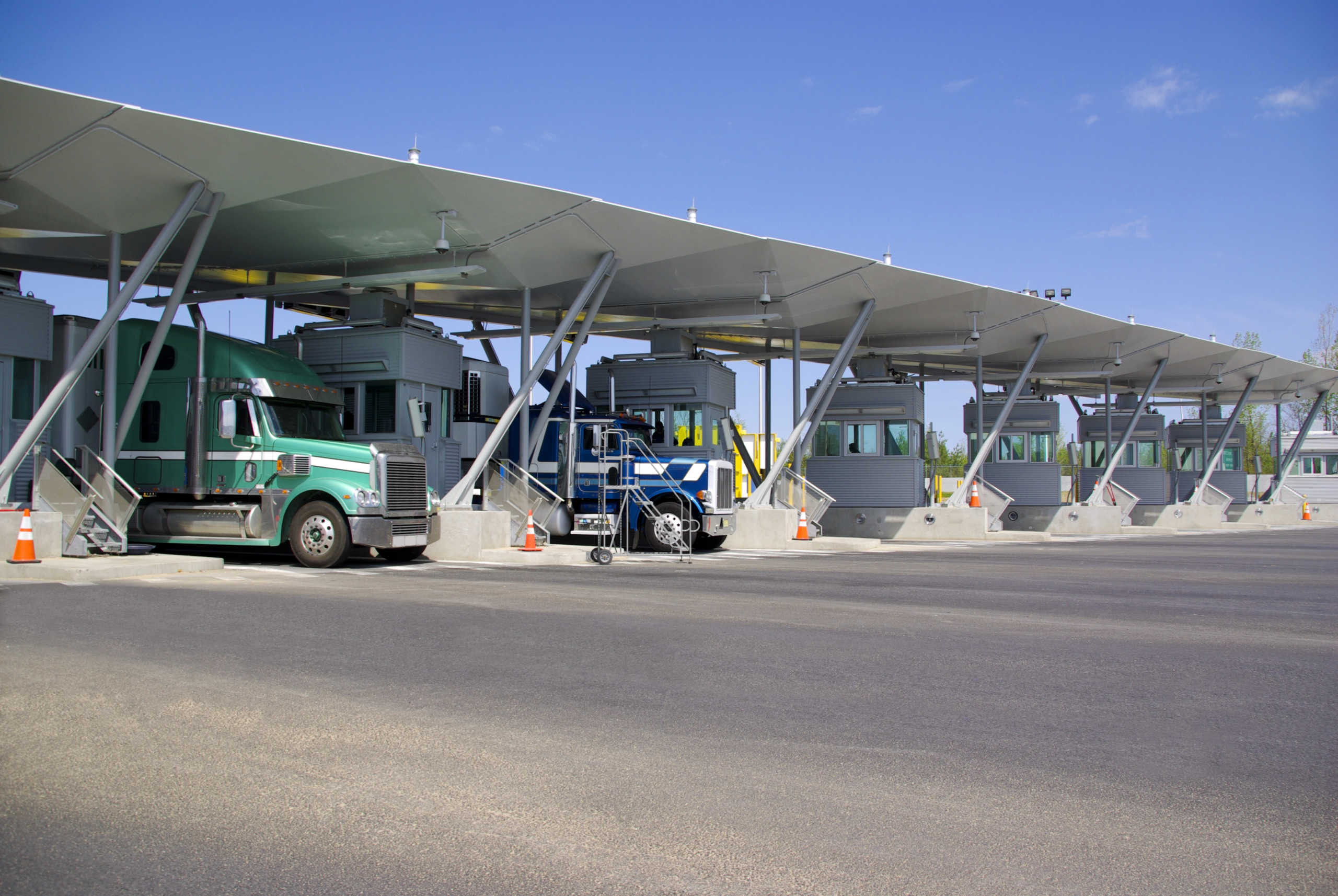Cold chain logistics is the complex and vast network of transporting and storing temperature-sensitive products. Its main aim is to keep products fresh and usable during transportation. This segment is significant for sectors like food industry, pharmaceuticals, chemicals, and even certain electronics that are sensitive to temperature changes.
With the growing demand for high-quality, perishable products, efficient cold chain logistics is becoming increasingly essential. However, maintaining optimal temperatures across the whole delivery process involves several challenges. Some main issues include maintaining strict temperature control during the entire shipment process, preventing spoilage, and ensuring compliance with various regulations. In addition, these processes can require significant investment, leading to higher delivery expenses.

Trend 1: Increasing Demand for Cold Chain Infrastructure
With the rising demand for temperature-controlled products, the need for cold chain infrastructure continues to increase, becoming one of the main cold chain logistics trends. This includes refrigerated warehouses, transportation vehicles, and specialized packaging. Cold storage facilities must expand to meet increasing demand from sectors like food or pharmaceuticals. With more cold storage sites and refrigerated transport fleets, companies can increase the reach and efficiency of their supply chain.
However, cold chain logistics infrastructure expansion in this sector involves more than building warehouses. Businesses must also add high-tech facilities for precise temperature control. For instance, cold storage inventory management often includes warehouses with advanced climate control systems to ensure strict temperature control. In addition, the global nature of the cold chain logistics sector demands a well-connected and resilient network to satisfy consumer expectations.
Trend 2: Enhanced Supply Chain Visibility and Real-Time Monitoring
Supply chain visibility is crucial for ensuring product quality and safety. Thus, cold chain logistics companies often use Internet of Things (IoT) solutions to monitor temperature, humidity, and location in real-time. This helps respond immediately to any deviations in conditions, reducing product spoilage and waste.
Some real-time monitoring tools send alerts in case of temperature fluctuations, allowing rapid interventions. Usually, these systems are powered by artificial intelligence (AI), predicting potential issues and ensuring proactive maintenance. Enhanced visibility also supports regulatory compliance, simplifying the record-keeping of temperature logs during the journey.
With advanced tracking, companies can obtain detailed data at each point in the supply chain, including temperature consistency and any potential issues. Cloud platforms and software tools allow this data to be accessed remotely, offering the ability to make quick decisions.
Trend 3: Automation in Cold Chain Operations
Automation is transforming cold chain operations by making operations more efficient and reducing manual work. For instance, storage facilities can be equipped with automated systems for inventory management, sorting, and picking. Automated warehouse storage and retrieval systems (AS/RS) enable cold chain providers to maximize storage space and reduce labor costs. These systems can handle high-volume orders, maintaining temperature regimes.
Additionally, automation includes not only warehouses but the entire transportation process. AI-driven route planning helps identify the fastest and most efficient routes, minimizing transit times. This minimizes the risk of spoilage and reduces fuel costs. Automated temperature control in vehicles also ensures consistent refrigeration during the delivery.
Technological advancements can also help with labor shortages in the cold chain market. With automated repetitive tasks, companies can free up employees to focus on higher-level operations, improving productivity and reducing costs.
Trend 4: Sustainability and Green Cold Chain Logistics
With increasing focus on the environment and reducing carbon footprint, cold chain companies aim to make their operations more sustainable. Cold supply chains often require high energy consumption due to refrigeration and climate control, which contribute to a significant carbon footprint. Nowadays, companies invest in green technologies to reduce their environmental impact.
For instance, cold storage companies can use energy-efficient refrigeration units and trucks that run on renewable energy sources. Electric and hybrid vehicles are becoming more popular in the cold chain industry. Other solutions involve sustainable packaging with the use of recyclable and biodegradable materials or reusable containers.
Optimization of load capacities and routes can also contribute to lower carbon emissions amid minimized trips and fuel usage.
Green cold chains are required not only amid the global shift towards sustainable practices. This is also a way to meet customers’ demand for environmentally responsible practices, gaining a competitive edge on the market.
Trend 5: Growth in Pharmaceutical Logistics
Pharmaceutical logistics is experiencing growth amid the increasing need for temperature-controlled shipping of medications. The coronavirus pandemic highlighted the importance of reliable cold chain logistics, requiring specialized cold chain solutions.
The pharmaceutical cold chain industry must meet strict regulatory requirements, as any deviation in temperature can lead to product spoilage and financial losses. Special packaging and advanced temperature monitoring systems ensure the integrity of temperature-sensitive drugs, vaccines, and biologics. Nowadays, companies are investing in ultra-low freezers, cryogenic storage, and insulated shipping containers.
These investments are projected to continue growing as more perishable goods enter the market. Providers are expected to adopt more advanced technologies to maintain product integrity through systems that can monitor and adjust temperature settings based on real-time data.
Trend 6: Cold Chain Investments in Fresh Produce
As consumers demand fresh, high-quality produce year-round, cold chain logistics for fresh fruits, vegetables, dairy, and meat products are expanding. Companies are optimizing their logistics networks to minimize transport times and maintain product freshness.
Reliable cold supply chains ensure fresh produce remains fresh from farm to table, reducing waste and extending shelf life. Innovations such as modified atmosphere packaging help regulate oxygen and carbon dioxide levels to extend the shelf life of produce. Cold chain businesses can also use new solutions like vacuum cooling to rapidly cool products to preserve quality and reduce spoilage. These solutions are especially important in regions with limited access to fresh produce. They help to reduce food insecurity and meet consumer demand for healthy food.
In addition, with increased investment in innovative technologies, companies can offer longer-lasting products, ensuring better quality.
Trend 7: Strategic Partnerships and Integration
Collaboration across the supply chain is becoming increasingly important in the cold chain logistics market. Representatives of the cold chain sector are often seeking partners like third-party logistics (3PL) providers, transportation companies, or other industry stakeholders to improve efficiency and share resources. With reliable partners, businesses can achieve economies of scale and streamline their operations.
For instance, integration with 3PL companies allows them to better control their supply chain. Shared expertise and technology can create a seamless cold chain, reducing costs and ensuring perishable goods remain stable.
Strategic partnerships also help meet regulatory demands. Collaboration with compliance specialists and regulatory agencies can align the practices of cold chain operators with integration and federal standards. This reduces the risk of fines, shipment delays, and supply chain disruptions.
Trend 8: Digital Transformation in Cold Chain Logistics
The digital transformation is one of the emerging trends in the cold chain logistics sector. Advanced technologies such as blockchain, AI, and machine learning can streamline operations, optimize routes, and ensure product safety.
For instance, blockchain technologies provide secure and transparent tracking of products during the supply process, including a record of temperature data and handling conditions. AI-driven analytics and machine learning help identify potential risks before they become hazards. With these tools, businesses can develop predictive models to define potential issues, such as delays or equipment failures.
In addition, these tools provide valuable data insights that drive continuous improvement. By adopting digital transformation, cold chain logistics providers increase their resilience and responsiveness to potential challenges.
Challenges Facing the Cold Chain Logistics Industry
The cold chain logistics industry involves a set of challenges that require precision and resilience. As temperature-sensitive goods travel through various climates and conditions, preserving their integrity requires constant monitoring and adjustments. Companies must innovate constantly to overcome these challenges and ensure they can meet the demands of a growing market.
For instance, the main issues of the cold chain logistics industry include:
High delivery costs. Cold chain logistics often require advanced warehouses with temperature-controlled systems. These warehouses are expensive to build and maintain, requiring significant investment and careful budget planning. In addition, rising fuel and energy prices add to overall expenses.
Regulatory compliance. Cold chain logistics providers must comply with a range of federal and international regulations. This is particularly important for pharmaceuticals and fresh food. Safety regulations and standards can vary by state, and failure to meet them can lead to costly delays, loss of inventory, or legal penalties.
Constant temperature regime and control. Keeping goods at a constant, precise temperature from production to delivery requires specialized equipment and careful monitoring. Even a small fluctuation in a temperature regime can cause spoilage, resulting in wasted products, financial losses, and dissatisfied customers.
Environmental impact. Cold storage facilities and refrigerated trucks need high energy consumption, leading to high greenhouse gas emissions. In the context of the global shift towards eco-friendliness, cold chain logistics companies must find sustainable alternatives like solar or wind energy sources or electric vehicles.
Labor shortages. The trucking industry faces a global driver shortage that could become a threat in the coming years. Cold chain logistics faces an even bigger shortage amid skill and experience requirements. The sector needs trained personnel to handle sensitive goods and operate specialized equipment.
Conclusion
Cold chain logistics is an evolving sector with critical importance for sectors like food, chemical, and pharmaceutical industry. While this industry faces several challenges, cold chain logistics trends like advancements in infrastructure, automation, digital transformation, and sustainable practices can help face potential issues.
By staying adaptable and investing in innovative solutions, companies can improve operational efficiency, reduce costs, and maintain the integrity of temperature-sensitive cargo. As these trends continue to evolve, cold chain logistics will become more resilient and innovative.


